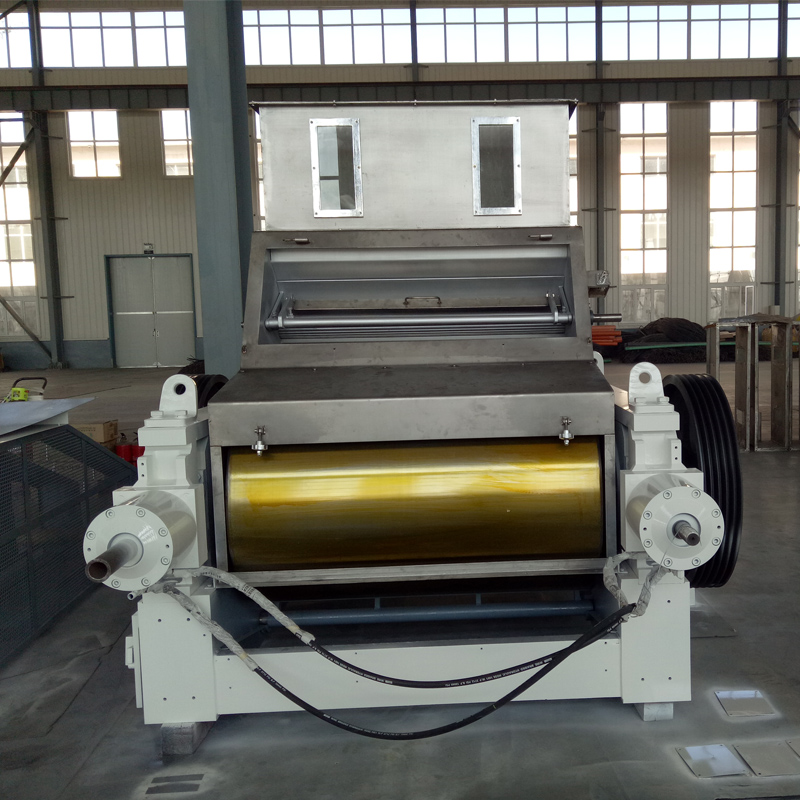Pro . 12, 2024 10:07 Back to list
sunflower oil making machine pressing
Sunflower Oil Making Machine The Process and Benefits of Pressing
Sunflower oil is one of the most popular cooking oils worldwide, celebrated for its light flavor, high smoke point, and various health benefits. The production of sunflower oil involves several methods, among which cold pressing is the most favored for maintaining the oil's natural qualities. This article explores the sunflower oil making machine, focusing on the pressing process, its benefits, and how it affects the quality of the oil.
The Importance of Sunflower Oil
Sunflower oil is extracted from the seeds of the sunflower (Helianthus annuus) plant. It is rich in essential fatty acids and has high levels of vitamin E, making it a valuable addition to a healthy diet. It is not only used in cooking and frying but also in cosmetic products, as it has moisturizing properties. The global demand for sunflower oil continues to rise due to its health benefits and versatility.
The Pressing Process
The sunflower oil extraction process can be divided into two primary methods cold pressing and solvent extraction. Cold pressing is preferred for its ability to preserve the oil's natural flavor and nutritional value. The sunflower oil making machine designed for cold pressing operates without external heat, ensuring that the oil retains its beneficial compounds.
1. Seed Preparation The first step in the pressing process is preparing the sunflower seeds. This involves cleaning the seeds to remove impurities, such as dust and foreign materials, which could negatively affect the oil quality. The seeds are then dried to the optimal moisture level, making them more suitable for extraction.
2. Crushing Once the seeds are adequately prepared, they are fed into the sunflower oil making machine. The machine utilizes mechanical force to crush the seeds, breaking down the cell walls and releasing the oil stored within. This step is crucial as it maximizes the yield of oil extracted from a given amount of seeds.
sunflower oil making machine pressing

3. Pressing After crushing, the seeds undergo pressing. The machine applies pressure to the crushed seeds, pushing the oil out. This can be done using various methods, such as hydraulic, screw, or expeller pressing. The screw press method is commonly used due to its efficiency and ability to handle large seed quantities. The resulting oil is then separated from the solid cake (the remaining seed residue).
4. Filtering and Bottling The extracted sunflower oil is typically filtered to eliminate any remaining solid particles, ensuring a clear and pure product. After filtering, the oil is ready for bottling. It can be stored in dark containers to minimize exposure to light, which can degrade the oil over time.
Benefits of Cold Pressing
Cold pressing offers several advantages over other extraction methods. One of the primary benefits is that it preserves the oil’s natural taste and nutritional properties. Since no heat is applied during extraction, the beneficial nutrients, antioxidants, and flavors remain intact, resulting in a healthier and more flavorful oil. Furthermore, cold-pressed sunflower oil is free from chemical solvents that are often used in other extraction methods, making it a more natural choice for consumers.
Another significant benefit is the environmental aspect of cold pressing. The process is energy-efficient compared to solvent extraction, which requires chemical solvents and additional energy for processing. This makes cold pressing a more sustainable option for sunflower oil production.
Conclusion
The sunflower oil making machine, particularly the one used for cold pressing, plays a crucial role in producing high-quality sunflower oil. The pressing process not only maximizes oil yield but also preserves the flavor and nutritional benefits that many consumers seek. As awareness of healthy cooking oils continues to grow, the demand for cold-pressed sunflower oil is likely to rise, highlighting the significance of efficient and sustainable production methods. Investing in high-quality sunflower oil making machines ensures that producers can meet this demand while adhering to health and environmental standards, delivering a product that enhances both culinary experience and well-being.
-
Expert Oil Filter Machine Service & Solutions | Quality & Reliability
NewsAug.22,2025
-
LZY-206 Double Screw Cold Oil Press – Maximize Yield, Preserve Nutrients
NewsAug.21,2025
-
Efficient Black Seed Oil Expeller & Multi-Seed Oil Press
NewsAug.19,2025
-
HP 120 Model Cold Oil Press-Hebei Huipin Machinery|Energy Efficiency, Multi-Functionality
NewsAug.18,2025
-
HP 120 Model Cold Oil Press-Hebei Huipin Machinery|Oil Extraction, Multi-Functional
NewsAug.18,2025
-
HP 120 Cold Oil Press - Hebei Huipin | Automation & Efficiency
NewsAug.18,2025
